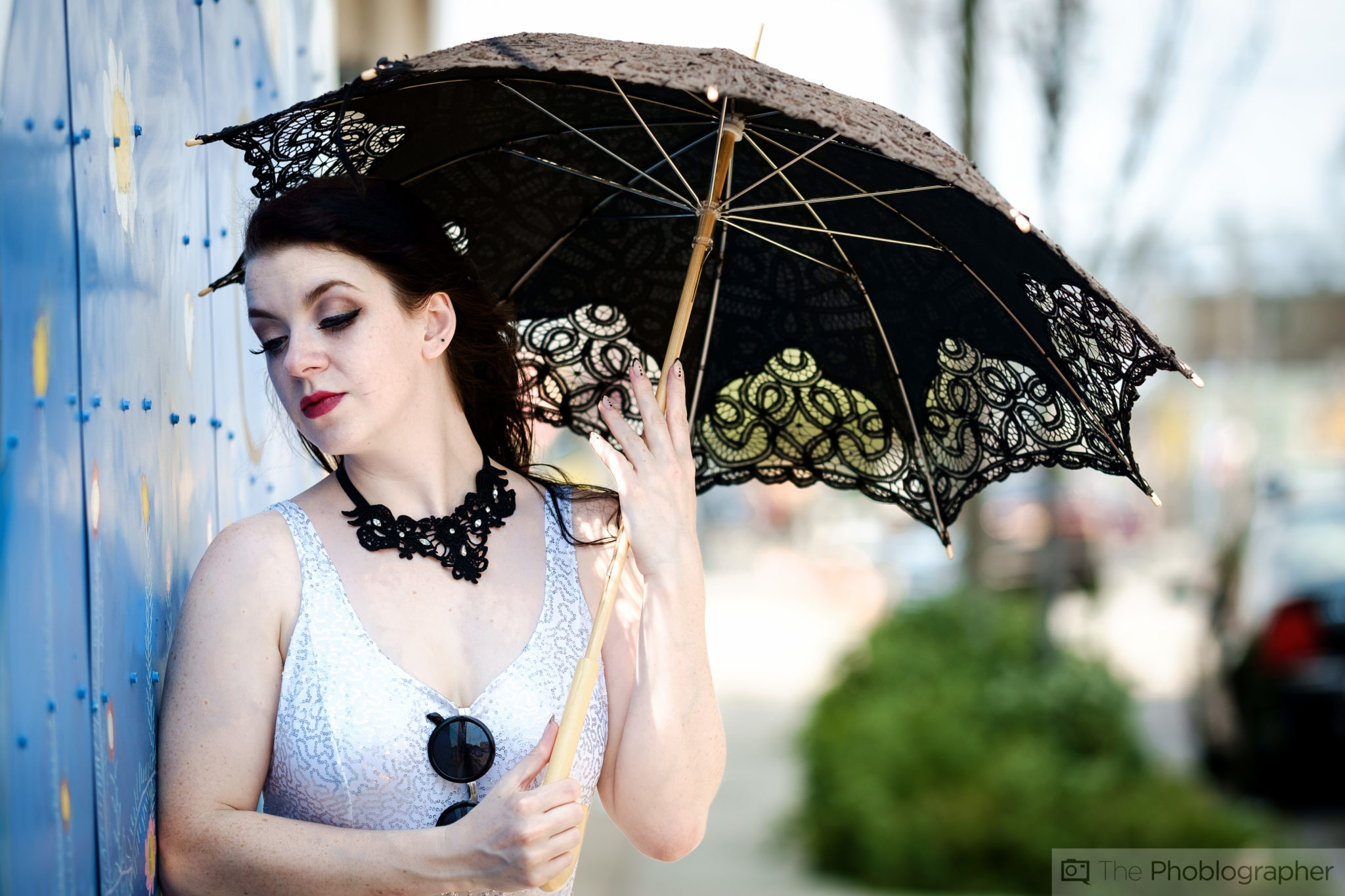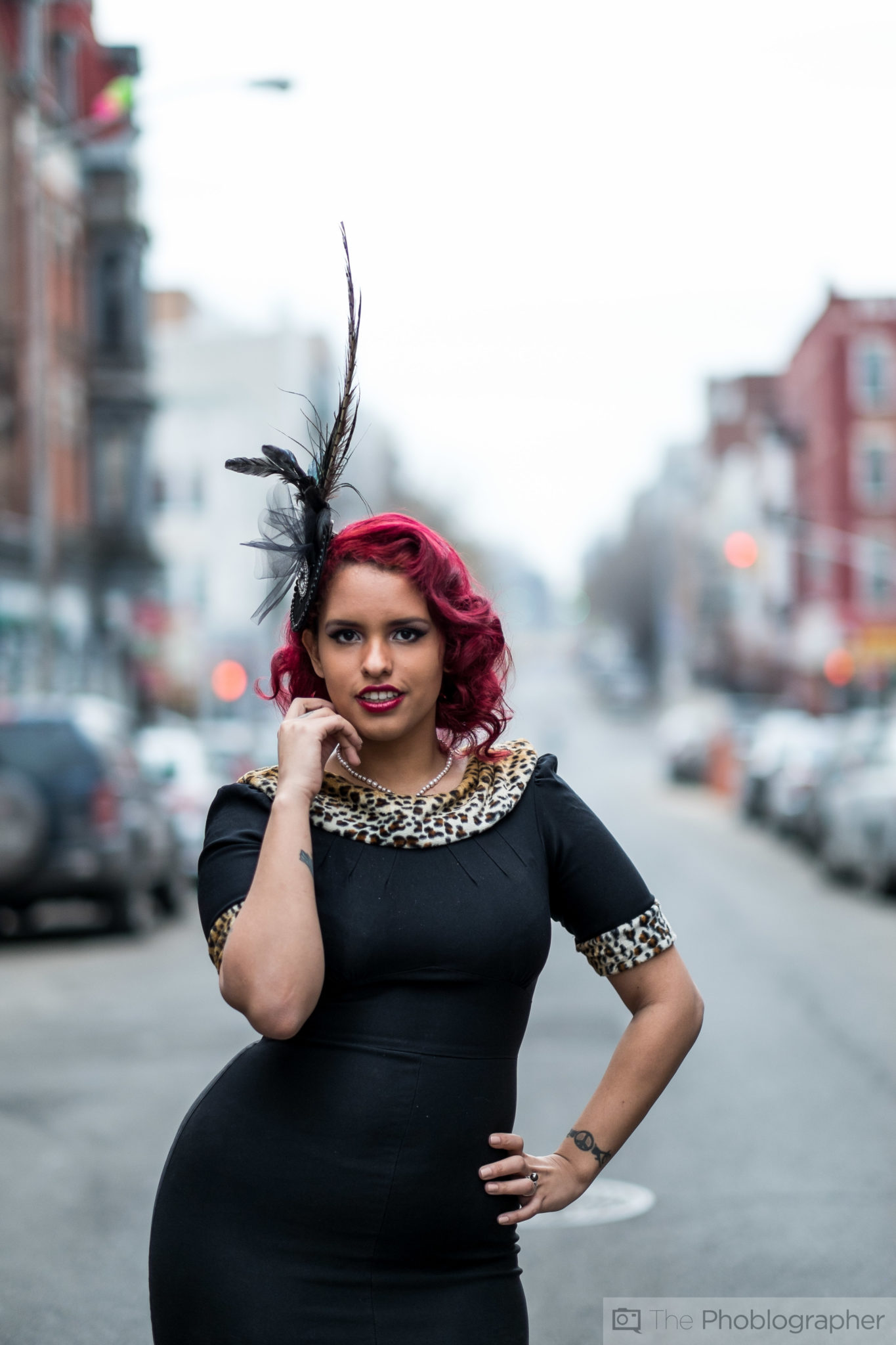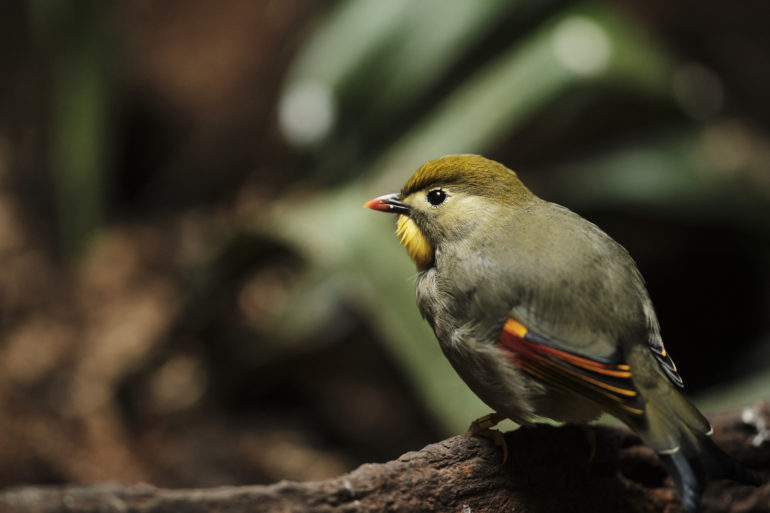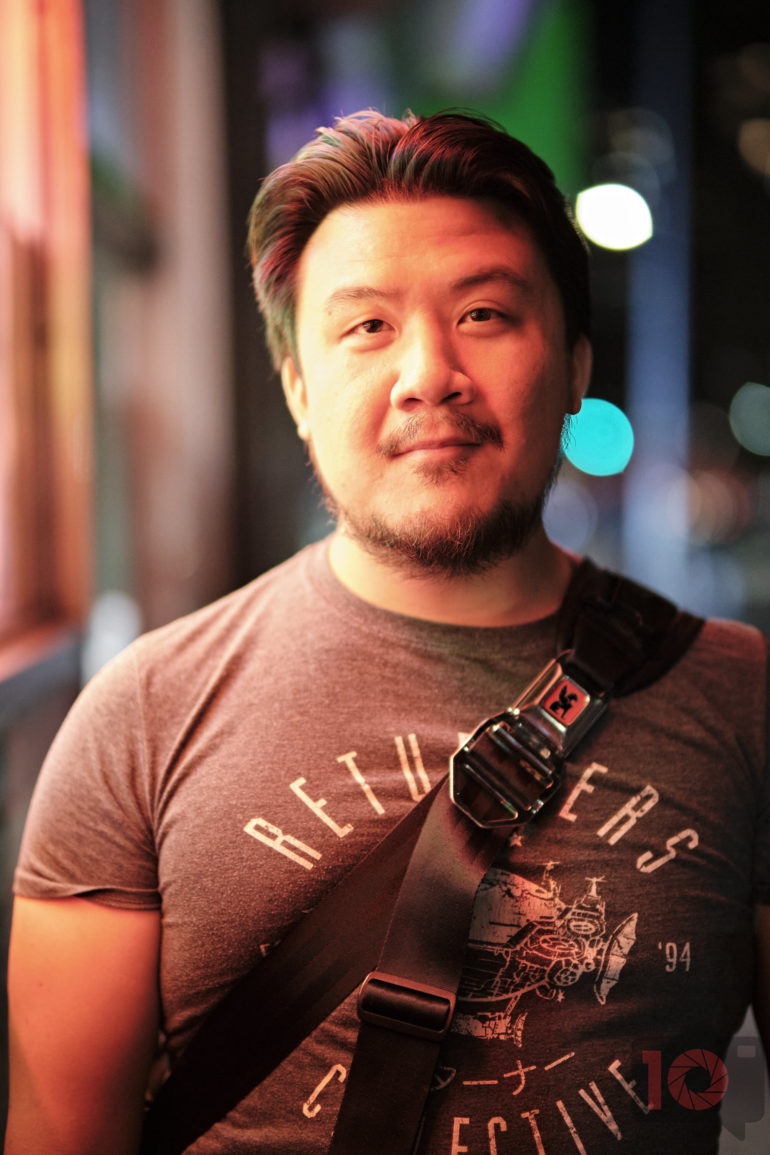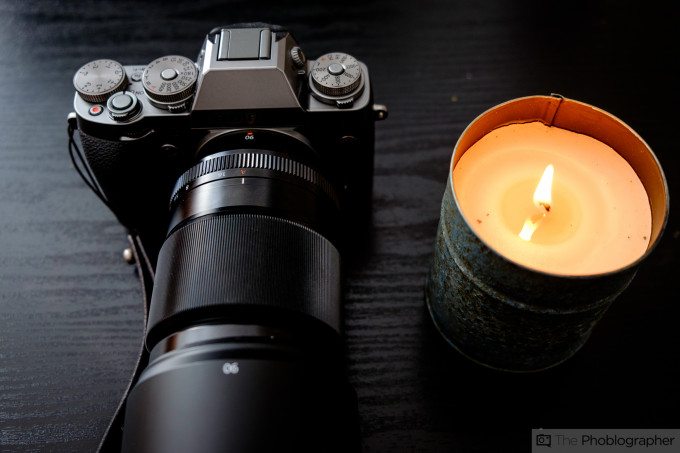If you love bokeh, then you should know that Fujifilm cameras and lenses tend to add a little extra sparkle to what a photographer shoots. Fujifilm lenses have been considered excellent long before their foray into mirrorless cameras. And if you really want that film look, then you also really want beautiful bokeh. So we’re rounding up the best Fujifilm lenses that give beautiful bokeh.
We hate banner ads too. Download our app for iOS, iPad, and Android and get no banner ads for $24.99/year.
Pro Tips on Using Fujifilm Lenses and Getting Great Bokeh
If you’re looking to get more out of the bokeh from Fujifilm lenses, check this out.
- The Fujifilm lenses we’re in this post are for their X-series cameras. These have an APS-C sensor. To get better bokeh, you need very fast aperture lenses and the right focusing conditions.
- We’ve got a full guide to Fujifilm X series lenses for you right here.
- Don’t neglect the colors! Fujifilm lenses sometimes look better depending on the film simulations.
- We’ve reviewed every one of these Fujifilm lenses. And you can see our reviews hyperlinked in each area.
- All the images of the products and the sample photos were shot by our staff.
Fujifilm 200mm f2 OIS WR
Pros
- Great image quality
- Crisp
- Weather Sealing
- Fast autofocus
- Image Stabilization means you can handhold this lens with the X-T3
- Fairly compact
- Focus switches
- Amazingly lightweight and not difficult to carry around
Cons
How’s the Bokeh?
In our review, we state:
“The best bokeh from the Fujifilm XF 200mm f2 OIS WR comes at f2 and when it’s focused on a subject a few feet away. This photo of a bird was around five feet from me. The Fujifilm XF 200mm f2 OI did a fantastic job of isolating the bird from the rest of the scene. Combine that with good lighting and you’ve got a pretty nice image.”
Fujifilm 50mm f1 R WR
Pros
- Stunning bokeh
- While big for a Fujifilm prime, it handles very well
- For as much glass as there is to move, it focuses quickly in most situations.
- Nice, natural color renderings
- Weather sealing
- It’s not cheap ($1,499.95), but it’s well priced for an innovative f1 lens.
Dislikes
- The autofocus motors are quite loud.
- At f1, the center is sharp, but the edges are a little soft.
- Some flaring and contrast issues when shooting into the sun
How’s the Bokeh?
In our review, we state:
“Creamy, dreamy, and as smooth as silk. The bokeh produced with the Fujifilm 50mm f1 R WR is a photographer’s dream come true. Especially for photographers who use APS-C cameras. You’ll find that at f1, bokeh balls are more cats eye shaped rather than perfectly round, but they still look sensational. Just look at the fall-off in the image above. If you’re a portrait photographer who shoots with Fujifilm, this lens is a must-have.”
Fujifilm 90mm f2 R
Pros
- Superb image quality
- Weather sealing
- Great bokeh
- Very sharp image quality
- Makes great use of Fujifilm’s Classic Chrome and Astia film renderings
- Well balanced with both the X Pro 1 and the X-T1
- Lightweight
- The focusing ring feels really big and beefy.
- Surprisingly fast and accurate focusing
- Pretty much no distortion
- Perhaps the single best portrait lens that Fujifilm has made for the X series camera system–even better than the 56mm f1.2
Cons
- Fujifilm’s largest prime lens to date of publishing this review
- No image stabilization
How’s the Bokeh?
In our review, we state:
“Considering that this lens is a 90mm offering and renders approximately a 135mm field of view, it’s bound to have great bokeh, right? Good news: it does. Then consider the fact that this is an APS-C sensor with a 1.5x crop and you’ve got the field of view and depth of field of a 135mm f3.5 lens when shooting wide open. The bokeh is as creamy as ever here, which makes this an excellent lens for headshots and portraits. In fact, that’s what it was designed for. With all this said, photographers of all types will love this lens for the bokeh. Professionals will value that they can photograph their clients with a lens wide open and get them perfectly in focus while the enthusiasts will sit and cuddle with the lens day after day until they can’t do so any more.”
Fujifilm 56mm f1.2 R
Pros
- Super sharp wide open. In fact, this is the sharpest lens for mirrorless cameras that we’ve tested.
- Excellent resolution and sharpness when studio lighting is used with it
- Dreamy bokeh
- Great feel in the hand
- In good to fair lighting, its focusing abilities are about as fast as the company’s 35mm f1.4 offering.
- Almost no reason to stop it down, and you’ll be encouraged to shoot wide open
Cons
- Even though it is an f1.2 lens, we wish the aperture were faster
- Misfocusing happens a bit more than we’d like in low light situations
- Fairly expensive
- Color rendition from the 35mm f1.4 is a tad better.
How’s the Bokeh?
In our review, we state:
“If you’re looking for a gloriously bokehlicious lens for the X series, this is the best you’re going to get your hands on. For starters, it renders a telephoto field of view and at an equivalent of f2 on a full frame camera when shot wide open. When you import images into Lightroom, you’ll realize that a lot will be in focus for an f1.2 lens–and that’s when it’ll hit you that you’re dealing with an APS-C sensor design.”
The Phoblographer’s various product round-up features are done in-house. Our philosophy is simple: you wouldn’t get a Wagyu beef steak review from a lifelong vegetarian. And you wouldn’t get photography advice from someone who doesn’t touch the product. We only recommend gear we’ve fully reviewed. If you’re wondering why your favorite product didn’t make the cut, there’s a chance it’s on another list. If we haven’t reviewed it, we won’t recommend it. This method keeps our lists packed with industry-leading knowledge. Some of our stories include affiliate links. If you buy something through one of these links, we may earn an affiliate commission.


